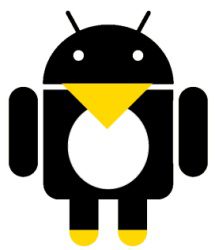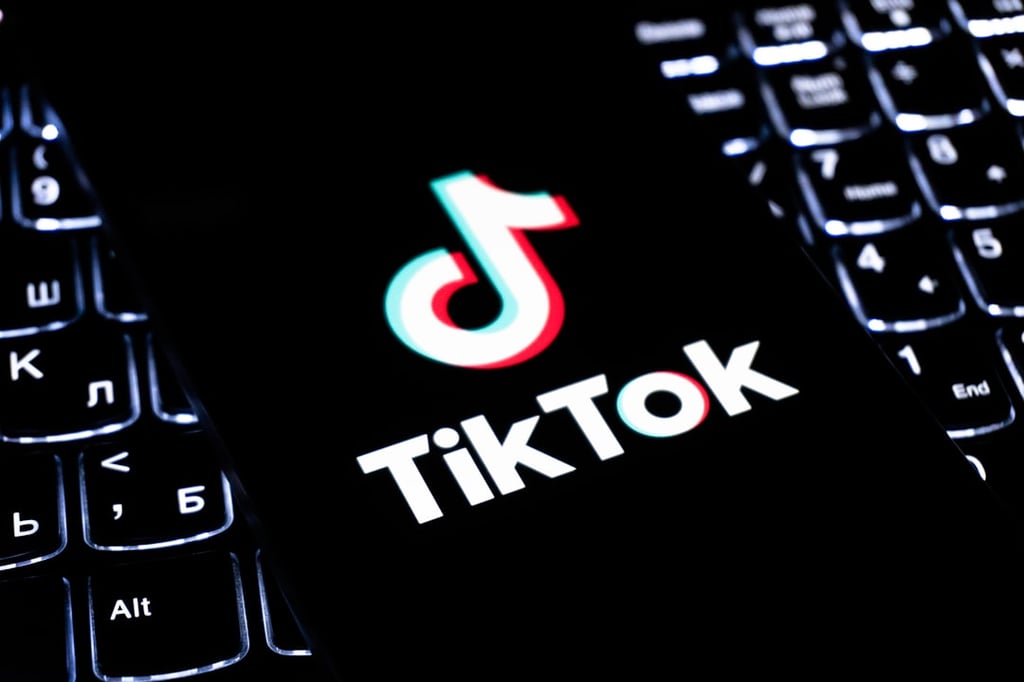Datamation content and product recommendations are
editorially independent. We may make money when you click on links
to our partners.
Learn More
Up until recently, Linux and Android have been two separate open source projects with two separate identities. But now with the release of the new version 3.3 of the Linux kernel, the two projects have begun an assimilation into a single entity.
What does this mean for Android and Linux on the desktop?
Android started out life as a fork that Google branched off from the original Linux project. But now, after months of effort, the two tines of the fork are once again ready to be unified.
Since the two projects share the same ancestry it makes sense in many ways for the two projects to unify, but while this move to unify the two codebases will benefit Android, it will be at the detriment of Linux on the desktop.

Pushing Android
Tim Bird, a Sony programmer who was closely involved in the merge of Google’s Android Linux work with the Linux kernel project, sees these benefits to this assimilation:.
”This makes it easier for developers to do 2 things:
1) use Android features in non-Android systems, and
2) experiment with Android user space with a vanilla [mainline] kernel. The first of these is useful to analyze how the Android-specific features might integrate with or leverage other related features in the kernel.”
Notice how it’s all about pushing Android forward and nothing to do with Linux. In fact, it could very well be the final nail in the coffin of Linux on the desktop.
Now don’t get me wrong, Linux is great. Brilliant, in fact. You won’t find a more flexible, more powerful, more capable operating system out there, especially for the price (free).
Furthermore, Linux is an excellent server platform, and Google has made the kernel work for the Android platform on smartphone and tablets.
Admitting Failure
However, when it comes to the desktop, Linux has just failed completely to get people fired up. While Apple’s Mac OS X has seen strong growth over the past few years, taking a small bite out of Microsoft’s dominance, Linux has been stuck at around one percent market share mark for years.
I can understand why Linux is stuck on a one percent market share. On numerous occasions, I’ve looked at replacing some of my Windows-based systems with Linux, but each time I’ve hit some brick wall or other and have had to abandon the endeavor – and only after spending countless hours tinkering with the operating system.
Linux on the desktop is still very much an operating system for people who like to tinker with their computer more than they like actually using the thing. There is a lot of support out there for someone wanting to use Linux (the support community is one of the best that I’ve ever come across). But having to turn for support regularly becomes real old, real fast.
By comparison, Windows and Mac OS X just work … at least most of the time.
Future of Desktop Linux
So, if Linux on the desktop isn’t going anywhere, what can be done with it?
Well, how about what’s already being done? By melding together Android and Linux, what you end up with is a fantastic development platform for Android. Currently most Android developers use a customized version of Linux developed by Google that features an interface resembling Java. Integrating Linus Torvalds’ version of the Linux kernel with Google’s Android version gives Google a lot of control over Linux. But it also gives Android developers a far better, friendlier, more customizable development environment for Android apps.
In fact, it’s giving all Linux users the chance to become Android developers.
Essentially, Linux becomes a development platform for Android, and Google just opened the door to a whole new pool of potential app developers.
There’s another effect of merging the Android core with the Linux core, and that is that Linux, a platform that has effectively been ignored by mainstream users, is now starting to morph into Android, a platform that has enjoyed considerable success.
It’s paving the way for Android apps on Linux, which essentially means that Linux is morphing into Android. Linux is an unknown in the consumer market, but people are buying Android smartphone by the millions every week (and, to a lesser extent, Android tablets). We have Android on various platforms already. It’s not a huge leap to see it making an appearance on PCs.
We’re now moving into a post-PC era where even Microsoft and Apple are seeing their desktop market share being eroded away by mobile platforms. The desktop PC is already showing signs of waning, so it’s unlikely that Linux is going to be making any kind of headway on that platform.
The year of the Linux desktop didn’t materialize, and now it won’t. The future isn’t Linux on the desktop (or Android on the desktop for that matter) but Android on smaller, more personal, more intimate devices such as smartphones, tablets and other consumer electronics.
Linux will live on, but it will be known as Android.
-
Huawei’s AI Update: Things Are Moving Faster Than We Think
FEATURE | By Rob Enderle,
December 04, 2020
-
Keeping Machine Learning Algorithms Honest in the ‘Ethics-First’ Era
ARTIFICIAL INTELLIGENCE | By Guest Author,
November 18, 2020
-
Key Trends in Chatbots and RPA
FEATURE | By Guest Author,
November 10, 2020
-
Top 10 AIOps Companies
FEATURE | By Samuel Greengard,
November 05, 2020
-
What is Text Analysis?
ARTIFICIAL INTELLIGENCE | By Guest Author,
November 02, 2020
-
How Intel’s Work With Autonomous Cars Could Redefine General Purpose AI
ARTIFICIAL INTELLIGENCE | By Rob Enderle,
October 29, 2020
-
Dell Technologies World: Weaving Together Human And Machine Interaction For AI And Robotics
ARTIFICIAL INTELLIGENCE | By Rob Enderle,
October 23, 2020
-
The Super Moderator, or How IBM Project Debater Could Save Social Media
FEATURE | By Rob Enderle,
October 16, 2020
-
Top 10 Chatbot Platforms
FEATURE | By Cynthia Harvey,
October 07, 2020
-
Finding a Career Path in AI
ARTIFICIAL INTELLIGENCE | By Guest Author,
October 05, 2020
-
CIOs Discuss the Promise of AI and Data Science
FEATURE | By Guest Author,
September 25, 2020
-
Microsoft Is Building An AI Product That Could Predict The Future
FEATURE | By Rob Enderle,
September 25, 2020
-
Top 10 Machine Learning Companies 2020
FEATURE | By Cynthia Harvey,
September 22, 2020
-
NVIDIA and ARM: Massively Changing The AI Landscape
ARTIFICIAL INTELLIGENCE | By Rob Enderle,
September 18, 2020
-
Continuous Intelligence: Expert Discussion [Video and Podcast]
ARTIFICIAL INTELLIGENCE | By James Maguire,
September 14, 2020
-
Artificial Intelligence: Governance and Ethics [Video]
ARTIFICIAL INTELLIGENCE | By James Maguire,
September 13, 2020
-
IBM Watson At The US Open: Showcasing The Power Of A Mature Enterprise-Class AI
FEATURE | By Rob Enderle,
September 11, 2020
-
Artificial Intelligence: Perception vs. Reality
FEATURE | By James Maguire,
September 09, 2020
-
Anticipating The Coming Wave Of AI Enhanced PCs
FEATURE | By Rob Enderle,
September 05, 2020
-
The Critical Nature Of IBM’s NLP (Natural Language Processing) Effort
ARTIFICIAL INTELLIGENCE | By Rob Enderle,
August 14, 2020
SEE ALL
ARTICLES








